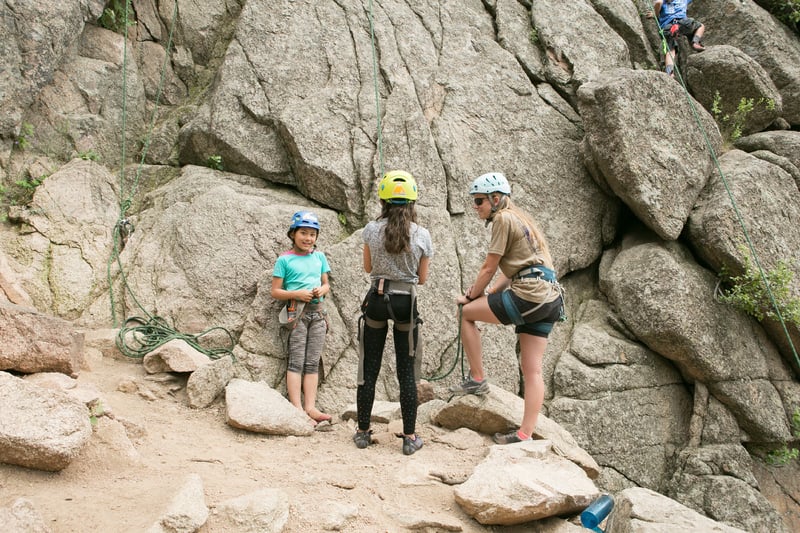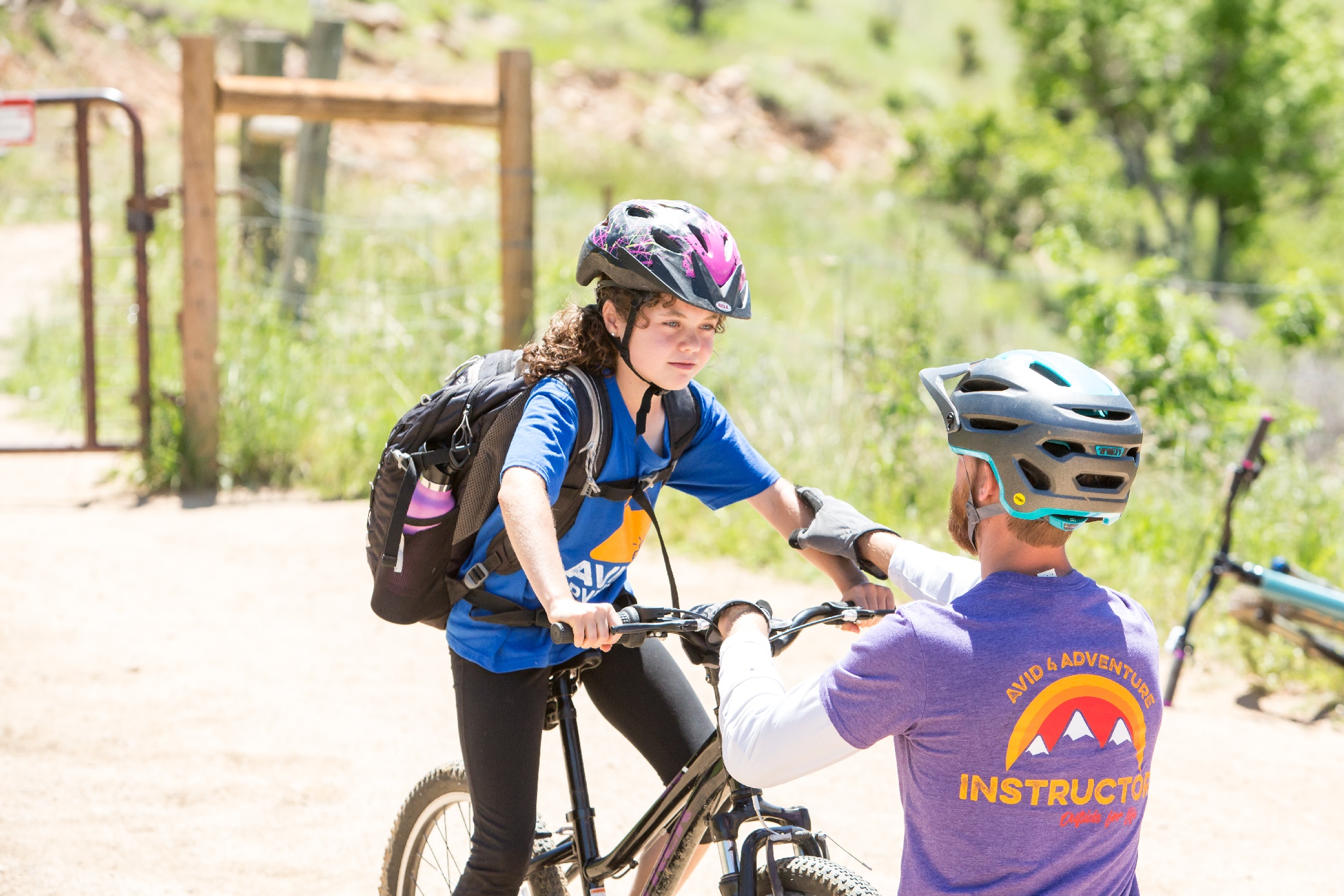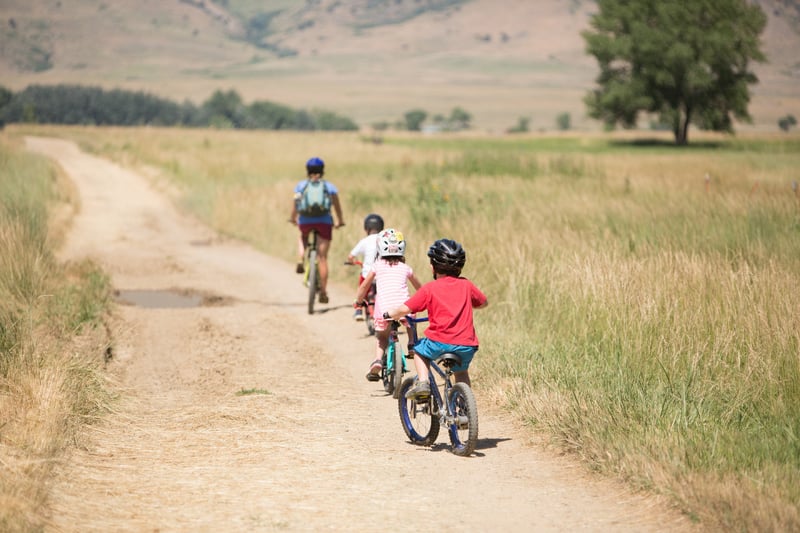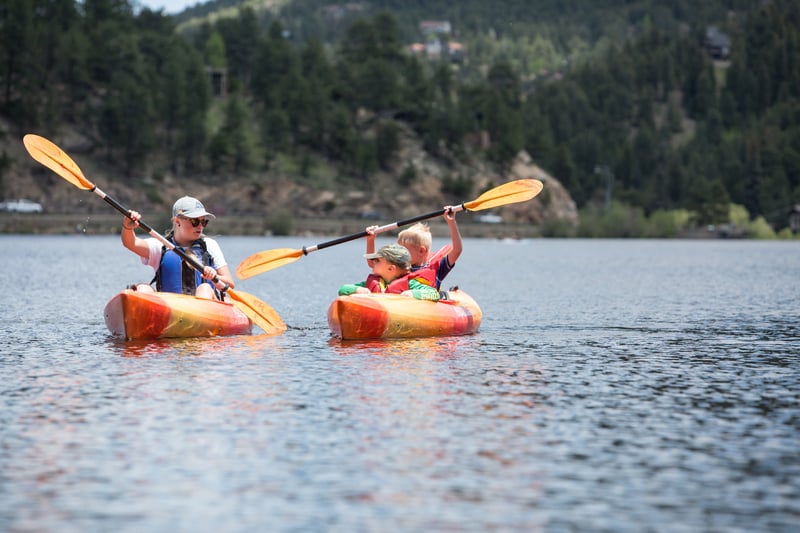We shouldn’t bubble wrap our kids
There was a time when my son, Jack, banned me from the skateboard park. Yes, banned. It could be because I constantly gasped and hollered, “Are you OK, sweetie” when he fell, which was a lot. To be fair, I was an equal-opportunity worrier and also yelled that same question (minus the “sweetie”) to every kid that crashed—despite their age. I couldn’t help it. Despite knowing we did everything to lessen the possibility of Jack getting hurt—well, everything except investing in a bubble wrap company—it happened. BUT, I’m the first to say that despite a chipped tooth, some stitches, and bumps and bruises along the way, weighing the risks versus the potential pay-off—Jack stepping out of his comfort zone and challenging himself—the reward far outweighed the severity of any accident (and I’m knocking on wood it continues).
Not all risks are bad
Let’s face it, no one wants to see a child fail or get hurt. It doesn’t matter if kids are playing on a team, learning to ride a bike, or trying out for a play. At some point though, we have to lower the safety net for kids to explore new things, discover passions and go beyond expectations so they can grow, thrive and learn healthy risk taking. Everything has some element of risk, so how can we support our kids and help them take good risks? We’ve got some great suggestions to help.
- Know your child. Is your kiddo a natural risk taker or is he risk averse? If your child is more adventurous, you may have to rein him in and talk about responsible decision-making. If your child is more hesitant to try new things, he may need a bit more encouragement. No matter your child’s personality, listen to his concerns or fears and let him know it’s OK. You want your child to know you understand.
- Know yourself. Don’t pass your anxieties down to your child. They have enough of their own issues without adding yours to the mix. You may have a fear of water, but try your darnedest not to wince, cringe and make noises when your child wants to learn how to kayak. It’s funny (and not in the ha ha way) how a child’s willingness to give something a try depends on your reaction. Your attitude can support positive risk taking in kids and help them feel at ease.
- Don’t force anything. You may know your child will ultimately love rock climbing as much as you do, but never force it until your child is ready. If you do, chances are it’ll backfire, and they may never want to try it. Instead, be patient, and let your child watch if they're hesitant. Avid4 Adventure uses a "challenge by choice" approach at camp where kids are empowered to decide how much or little they want to try an activity. The goal is to provide an environment that supports a child to explore one step beyond their personal comfort zone. For some kids, that might mean simply learning to put on a harness, for other kids it might mean getting to the top of a climb. By empowering kids to choose what they are comfortable with, they gain confidence trying new things.

- Do an “environmental briefing” with your child. At Avid4 Adventure, before any activity begins, instructors and campers talk about what’s changing in the environment. If you’re going biking, could the trail go from paved to dirt? If you’re hiking, could you come across a hazard like poison ivy? Environmental briefings let kids identify potential risks on their own as they paint a picture of what’s changing around them. Understanding how risk and adventure go hand in hand, builds an awareness of how to minimize those risks to make informed decisions.
- Teach responsible decision-making. Avid4 Adventure Regional Manager, Ryne Willis, shares how Avid4 Adventure's "environmental briefings" teach kids what to think about when approaching a risk. Here's how it works: The first step to approaching a risk is identifying what’s changing in the environment. Let kids tell you that a trail gets steep or the terrain changes to loose rock. Secondly, once the risks are identified, ask your child what can happen when you encounter the risk. Let them tell you they can fall or hurt a knee. The third point is asking what your child can do to mitigate the risk. Let your child use their critical thinking skills. Maybe they'll tell you to go slow or to space yourselves out in a single line. Whatever your child says – even if the idea is far-fetched - explore it with them to see how the situation could play out. Remember that these responsible decision-making tools don’t just pertain to outdoor adventures. These steps can be used in day-to-day experiences, and as kids grow and risks and consequences get higher, you’ll be glad your child knows how to safely assess situations.
- Teach your child about proper gear. You'll lessen the chance of a serious accident if you teach your child to always use proper gear. Bike helmets when riding, personal flotation devices when on the water. Kids won't form these habits automatically on their own. They need about a billion conversations when they are young and good role modeling from you to make these habits stick.
So, what are some benefits of supporting our little risk takers?
- Increased confidence. As kids try new things, they build skills and learn tools to be successful. As their confidence increases, kids are more inclined to reach beyond their comfort zones and grow.
- Improved reasoning and coping skills. It’s through challenges that we learn to preserve. Whether kids succeed or fail, they learn something from each experience. Kids also find out there’s not just one way to solve a problem or finish a challenge. The goal is to give them the tools to manage experiences.
- Increased strength. Yes, yes, kids will become physically stronger as they embrace new activities, and it’s fun for them to see how their bodies react to physical challenges. But, we all know strength isn’t only physical. Kids will develop the knowledge needed as a result of taking a risk and how to apply it in the next situation.
I know it can be hard to let our kiddos try new things. Truly, I do. But I also know that we would be doing our kids a disservice by not letting them gain new experiences that build strength, confidence and skills that they’ll use their entire lives. Risk taking isn’t inherently bad or dangerous, and it’s time to erase any negative connotations around it. Teaching kids to make responsible decisions is the direction to go!
Visit Avid4 Adventure to learn more about their summer camps which encourage kids to be their own risk managers through sports like mountain biking, kayaking, rock climbing and hiking. They provide an inclusive, safe environment for kids and a foundation of knowledge in each sport empowering them to choose active, outdoor lifestyles.





 Login
Login
 Store
Store
 Help Center
Help Center






